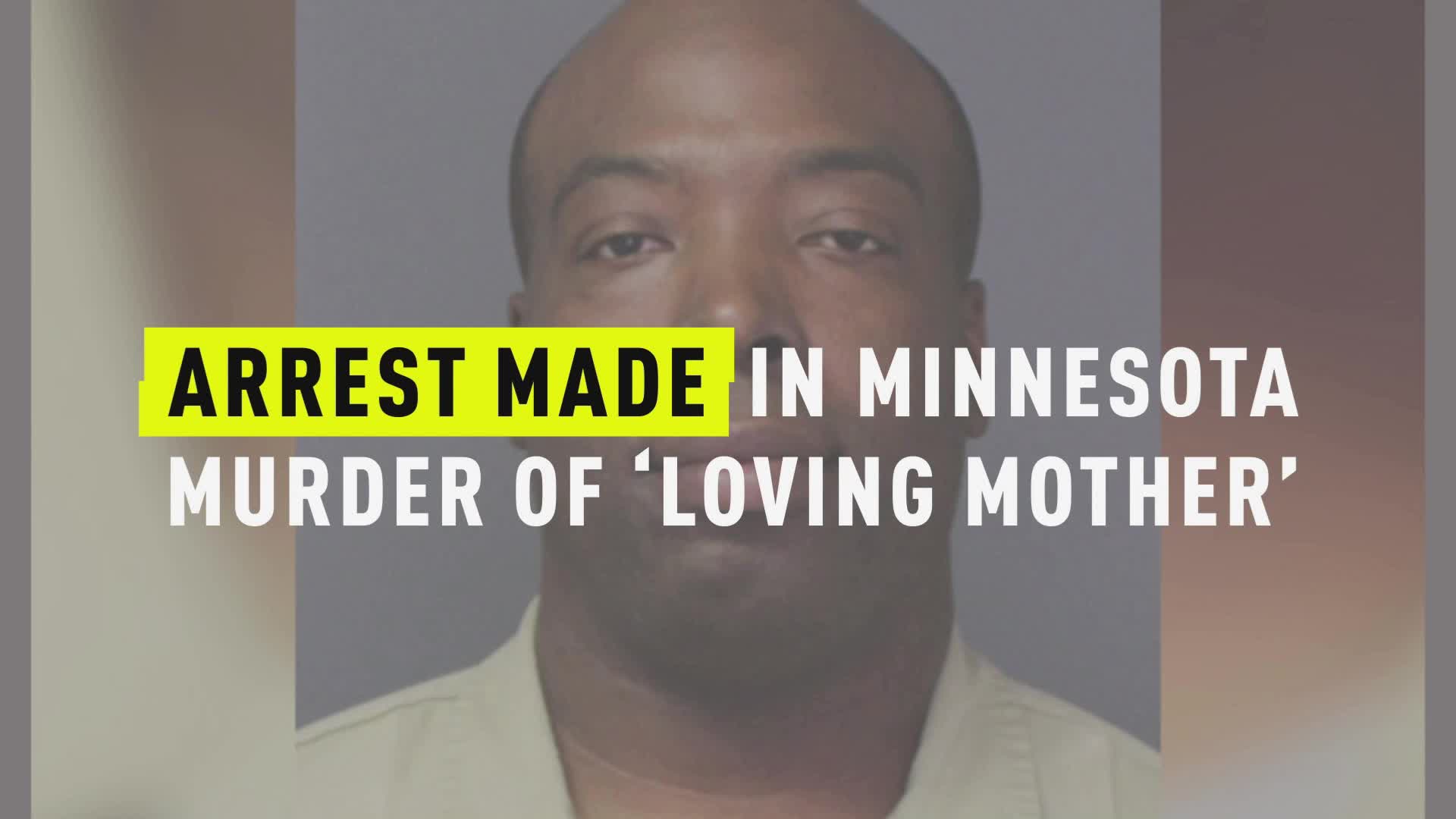Apr 25, 2018 - A former police officer who authorities suspect was an elusive serial killer who committed at least 12 homicides, 45 rapes and dozens of burglaries across California in the 1970s and 1980s has. May 31, 2017 Oxygen Digital is kicking off its first-ever themed month in June with Crimes of the '80s. We'll explore big trends (drug cartels), sensational cases ('The Preppy Killer'), the decade's most lethal and infamous serial killers (The Night Stalker, The Grim Sleeper) and more. Some say that the '80s was the peak for serial killers and the public’s fascination with them.

What do Jack the Ripper, serial killers, terrorists, bumblebees, invasive algae, and great white sharks have in common?
- The most prolific modern serial killer is Harold Shipman, with 218 proven murders and possibly as many as 250 (see 'Medical professionals', below).
- Known as the Mad Bomber of New York, Metesky managed to fly under the radar of the NYC police for 16. His killing spree spanned years and hundreds, if not thousands, of miles. In 1978, two FBI specialists. Joseph Paul Franklin. Franklin offers a.
- Aug 12, 2015 Hawaii’s first known serial killer, the Honolulu Strangler, was responsible for the murders of five women between 1985 and 1986. The victims ranged in ages between 17 and 36, but all were found with their hands bound, sexually assaulted and strangled.
Their home turfs can be pinpointed by a criminal investigative technique pioneered by Dr. Kim Rossmo, University Endowed Chair in Criminology and director of the Center for Geospatial Intelligence and Investigation in the School of Criminal Justice.
While a police officer in Vancouver, Canada, Rossmo’s work toward a doctorate in criminology at Simon Fraser University resulted in a dissertation on a new methodology called geographic profiling. It uses locations of serial crimes to determine the area where the perpetrator lives and incorporates mapping software based on a computer algorithm to help detectives greatly narrow the list of suspects.
After he founded a geographic profiling section at the Vancouver Police Department, Rossmo used the methodology in 1998 to determine that a serial killer was behind cases of missing sex trade workers. A conviction followed in 2002.
He ended up getting several patents and developing analysis software that helped solve thousands of crimes around the world. High-profile cases Rossmo worked on include the Beltway Sniper, the Zodiac Killer, and the Golden State Killer.
“The last five years I was with the Vancouver Police Department, all I did was work on unsolved cases, probably a few hundred,” Rossmo says. “You don’t solve any case with geographic profiling. Detectives working on it solve it. Geographic profiling just provides a piece of the puzzle.”
The method can be applied to such serial criminals as rapists, arsonists, bombers, kidnappers, and burglars. Word spread of the successful application of geographic profiling. “People asked for help in this case and that case. People from the United States, Canada, and the United Kingdom wanted to have police officers trained,” Rossmo says. “Officers from China, South Africa, the Netherlands, Sweden, and other European countries have been trained in the methodology.
“It’s very satisfying to know that your work is not going to just sit on a library shelf. On the other hand, it creates a standard for yourself — you want to keep doing stuff that is useful.”
Rossmo joined Texas State University as a research professor in 2003, after serving as research director at the Police Foundation in Washington, D.C.
“We did a lot of research for the intelligence community and the military, especially when so much was going on in Iraq and Afghanistan,” he says. “Some of the military people deployed were in the Reserves and employed in law enforcement. They contacted me to help with IEDs (improvised explosive devices) and other attacks, and we ended up getting a number of grants.” Rossmo’s research money from a variety of U.S. and overseas sources totals $3.76 million.
Rossmo also supervises graduate students, including some who receive funds from working on the projects and use the research as the basis for publishing or their dissertations. His students have pursued careers in academia, law enforcement, and intelligence.
Consulted, interviewed, and appearing in numerous media and entertainment outlets, Rossmo’s credits include the film Zodiac, the television show “Numb3rs,” and a recent book, The Hunt for the 60s’ Ripper (Mirror Books, 2017), by London-based writer Robin Jarossi, about a serial killer in London with parallels to the Jack the Ripper. In 2014, Rossmo focused on the original Ripper, using data from original police investigations to pinpoint the street where the Ripper lived while terrorizing London in 1888.

Pakistan
Geographic profiling has also spread to zoology and biology when Rossmo was asked to investigate the hunting patterns of great white sharks off Africa, the foraging behavior of bats and bumblebees, invasive species of algae in the Mediterranean Sea, malaria breeding pools, and infectious diseases.
“It’s really exciting when you see your work applied in other disciplines,” he says. “It doesn’t happen that often in criminology.”
Rossmo’s dozens of awards and honors include the Western Society of Criminology’s 2018-2019 Paul Tappan Award. Much of his current research is focused on criminal investigative failures, including those that remain unsolved or result in wrongful convictions. While Rossmo does not know where geographic profiling will lead next, he has a clue.
“The latest thing I’ve heard is a query from scientists in Malta. They want to apply geographic profiling to crowdsourced reports of earthquakes and tremors,” he says. “Those reports come in quickly, faster than with sensors, and will provide real-time data for analysis.”

Luis Garavito
Then Rossmo can add seismology to his earthshaking list. ✪